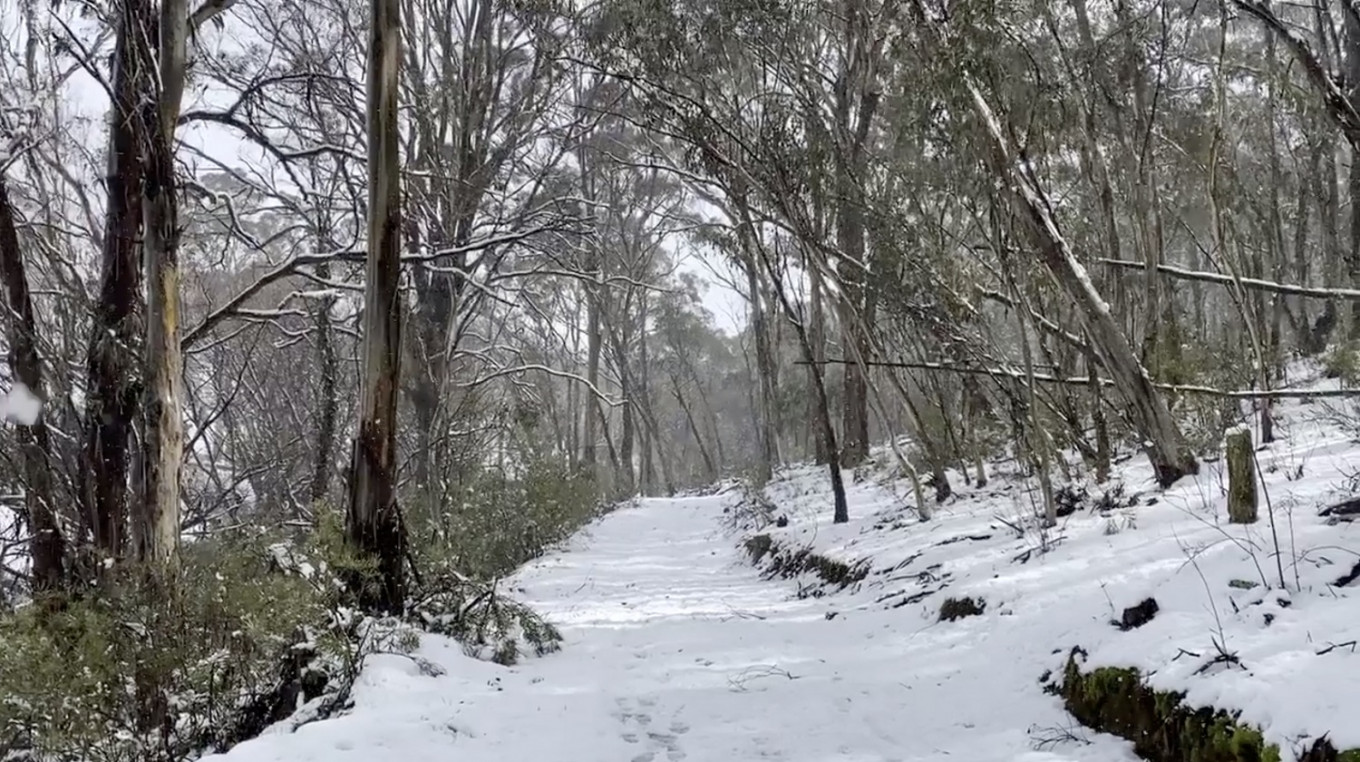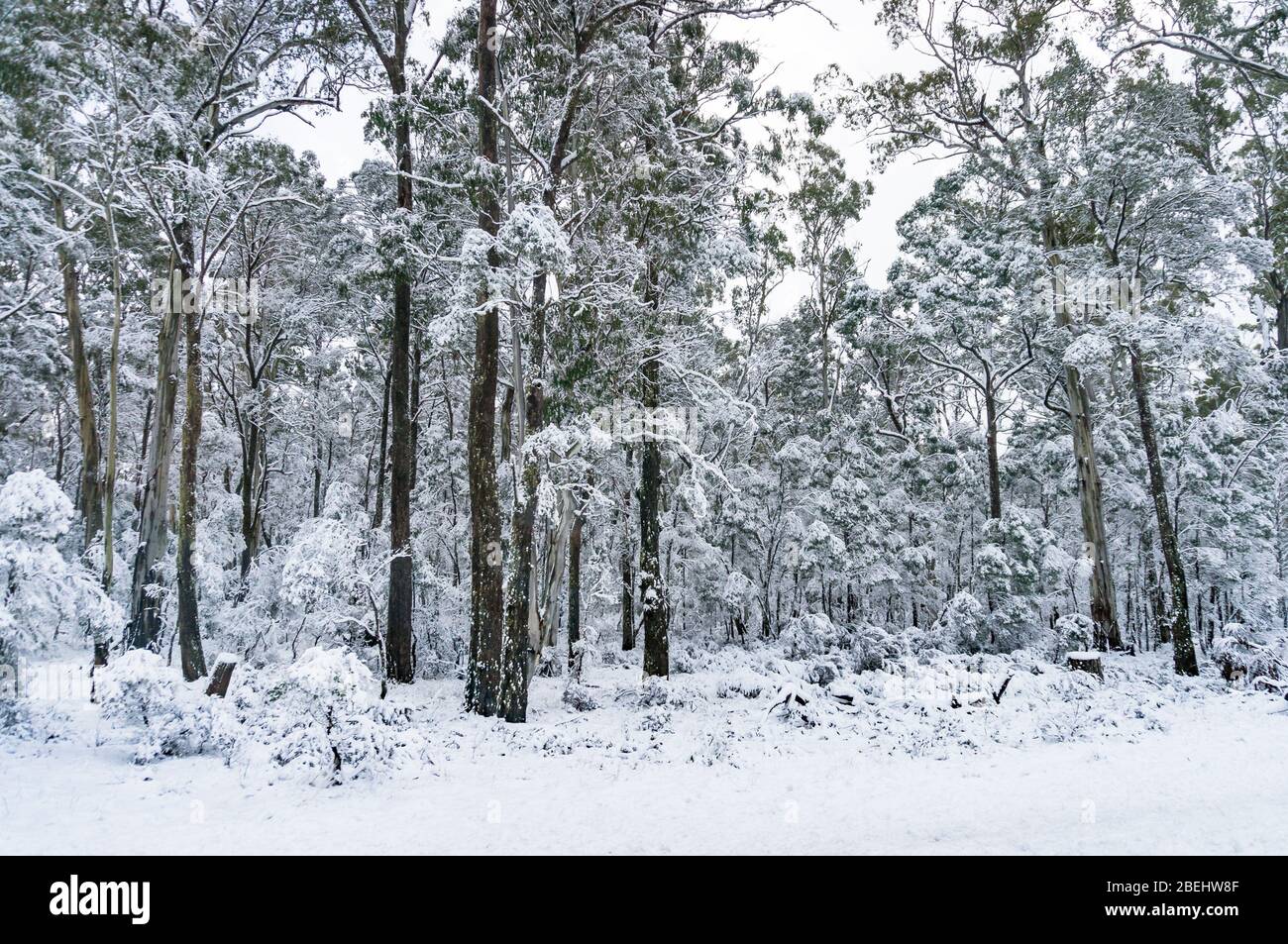Find Out About the Highlands That Are Renowned for Reliable Snowfall
Wiki Article
Discover the Interesting Effects of Snow in Australia on Regional Ecosystems
In spite of its reputation for sun-soaked landscapes, Australia also flaunts areas buried by snow-- a sensation that greatly influences the country's distinct environments. The protecting residential or commercial properties of snowflakes shield flora and animals in the middle of the chilliest winters, while the melting snow supports rivers and water life. The genuine wonder lies in just how these wintry conditions form the nation's biodiversity and nutrient cycles. As we unravel this elaborate relationship, we discover ourselves stepping on uncharted premises in Australia's high nation.The Unforeseen Areas of Snowfall in Australia
The high nation areas of New South Wales, Victoria, and Tasmania are particularly recognized for their winter snow. The Snowy Hills in NSW, for instance, get abundant seasonal snow, offering a raw contrast to the nation's typical warm, dry climate. The visibility of snow in these regions significantly influences neighborhood ecological communities, ultimately impacting the country's one-of-a-kind biodiversity.
Exactly How Snow Impacts Australia's One-of-a-kind Plants
While it may appear uncommon, snowfall in Australia plays a vital function fit the nation's special plants. The snow-filled wintertimes foster resilience in Australian plant varieties. This is specifically obvious in the alpine and sub-alpine regions, where snow gum tissues and hill plum-pines grow. These plants have actually developed to make it through in extreme conditions, with snow working as a protective covering from extreme winds and freezing temperature levels. The snow additionally adds to the wetness content of the soil, giving essential hydration for plant during the dry summer season months. In significance, the snow affects the timing of blooming and seed dispersal, the growth prices, and the survival of lots of plant varieties, showcasing the elaborate interaction in between climate and plants in Australia.
The Adaptations of Australian Fauna to Snowfall
Equally as Australia's flora has adjusted to the wintery conditions, the local animals too, show remarkable adaptations to the snowfall. Variety like the Mountain Pygmy-possum, the only Australian marsupial recognized to hibernate, have evolved strategies to make it through in snowy settings. It makes use of the snow as insulation, hibernating in rock holes beneath the snow to remain warm. Similarly, the Snow Skink, a species of reptile, alters visite site its colour to white throughout winter, offering camouflage against predators. Birds such as the Snowy Mountains' Crimson Rosella additionally change their diet regimens to consume available food resources during chillier periods. Therefore, in spite of the severe problems, Australian fauna demonstrates a adaptive and durable nature, ensuring their survival in areas experiencing snowfall.The Role of Snow fit Local Communities
Fit the local communities, the duty of snow in Australia is both multilayered and profound. It influences the distribution of vegetation and fauna, greatly specifying the biodiversity of sub-alpine and towering regions. Snow provides a critical water resource, feeding rivers and reservoirs as it melts, thus sustaining a selection of aquatic life forms. Furthermore, snow works as an insulator, shielding ground-dwelling microorganisms from severe cold. Similarly, it plays a substantial function in soil formation and nutrient biking. The periodic cold and thawing of soil caused by snowfall promotes the malfunction of rocks, enhancing soil fertility. The existence of snow forms the plants patterns, pet habits, and overall sustainability of Australia's special environments.
The Future of Snowfall in Australia: Ramifications and forecasts

Provided the important role snow plays in shaping local ecological communities, the future of snowfall browse around here in Australia is drawing increasing attention from conservationists and researchers. Much less snow could result in minimized water schedule in towering regions, negatively affecting wildlife habitats and plant life. The tourist sector, greatly dependent on the winter snow period, might also face significant obstacles.
Final Thought
The function of snow in Australia's ecosystems is essential yet frequently forgotten. It acts as a guard, a nurturer, and a shaper of varied alpine species, adding to the splendor of Australia's high nation. As climatic patterns remain to change, understanding the implications and possible improvements of these snow-influenced ecosystems is crucial. Thus, the snow in Australia is a lot more than a natural spectacle; it's a vital player in the country's ecological story.In spite of its track record for sun-soaked landscapes, Australia likewise boasts regions buried by snow-- a phenomenon that greatly affects the nation's distinct communities. It makes use of the snow as insulation, hibernating in rock crevices underneath the snow to stay warm - Does It Snow In Australia.In shaping the neighborhood ecological communities, the role of snow in Australia is both here extensive and multilayered. The visibility of snow shapes the plants patterns, pet actions, and total sustainability of Australia's unique ecological communities
Provided the crucial role snow plays in forming regional environments, the future of snowfall in Australia is drawing raising interest from conservationists and scientists.
Report this wiki page